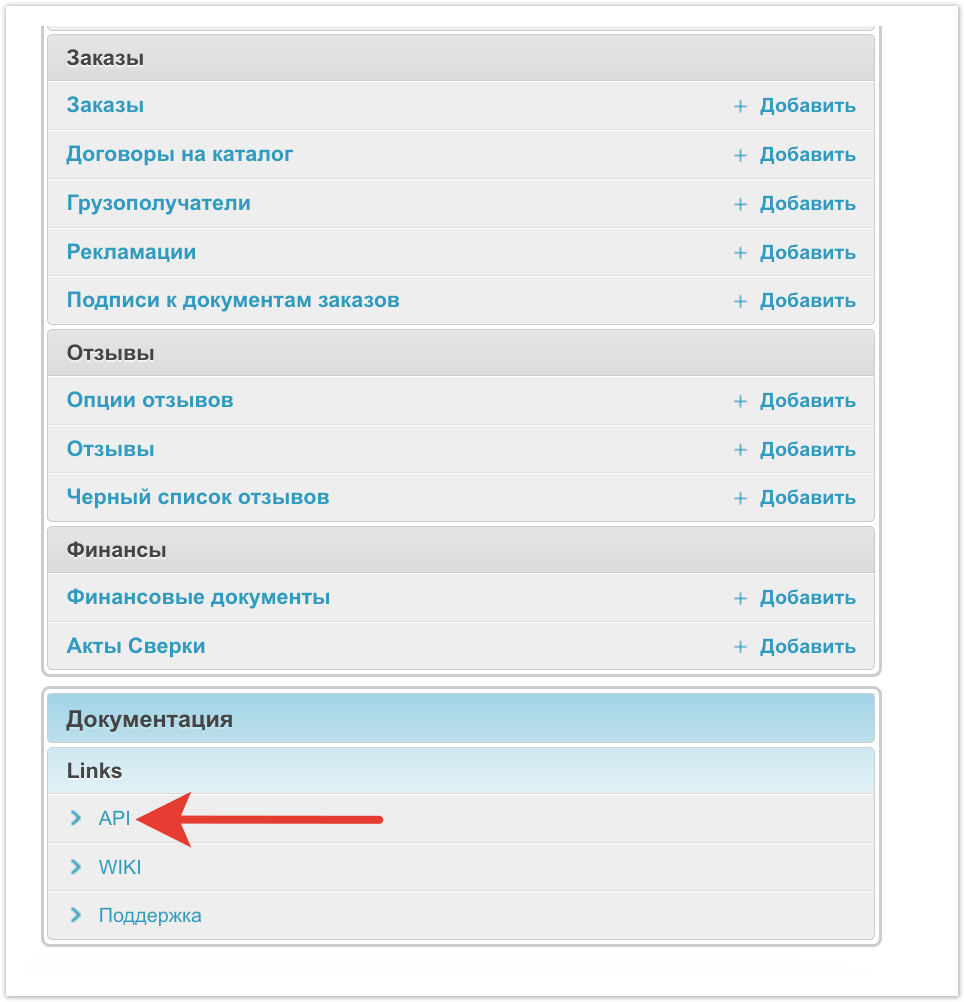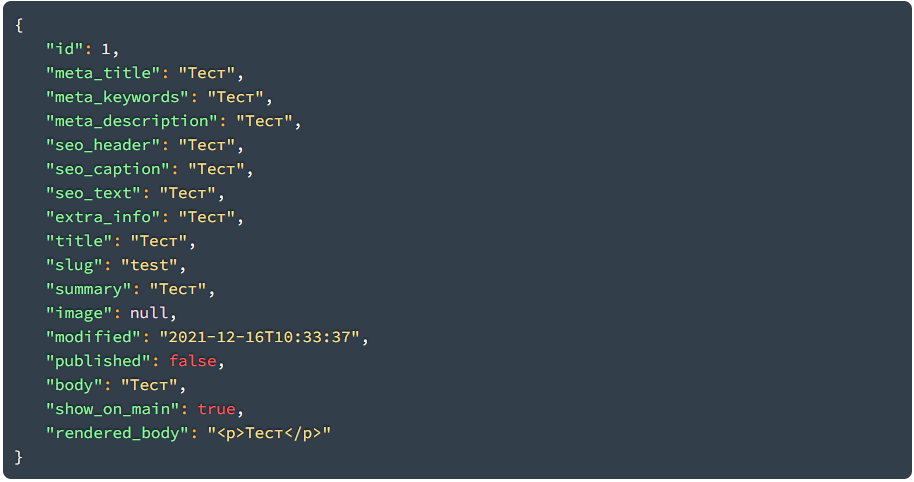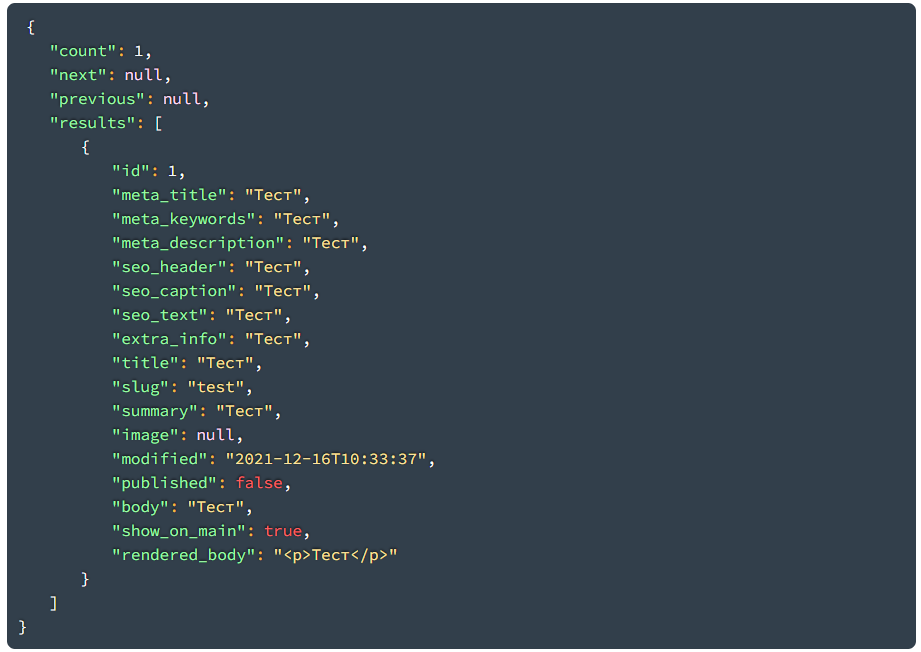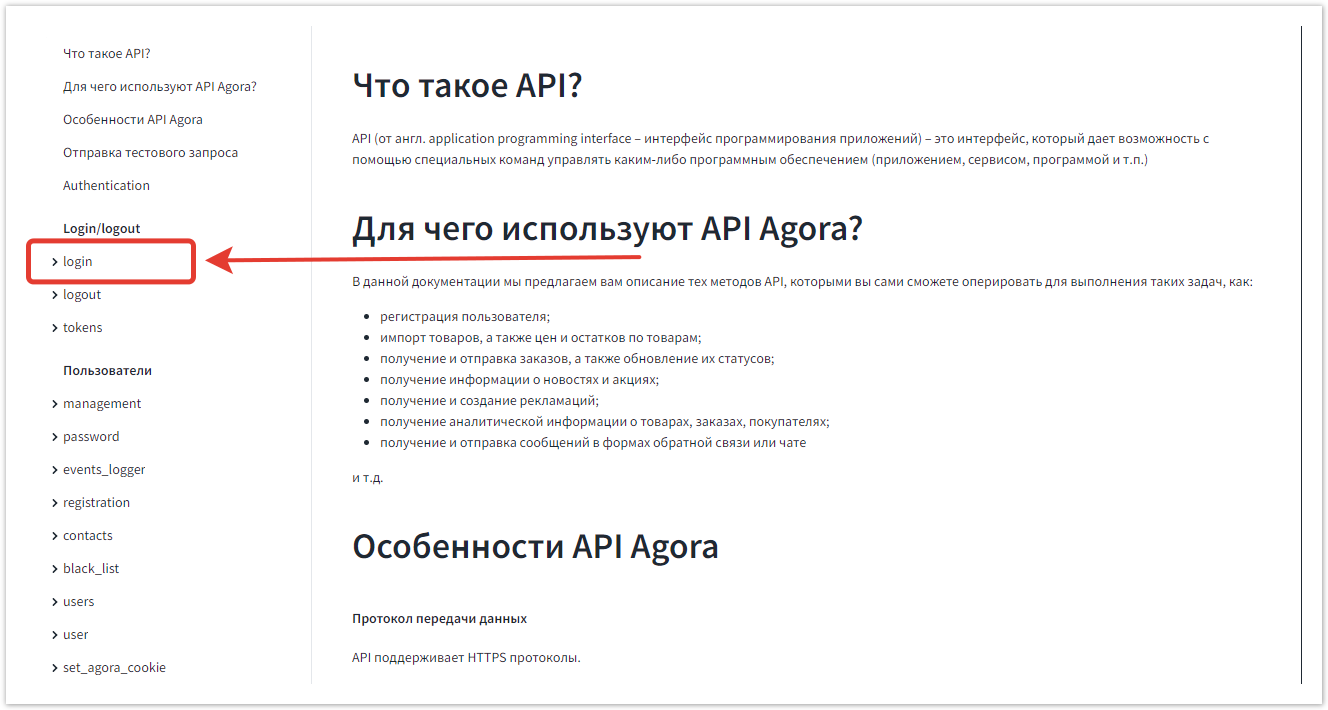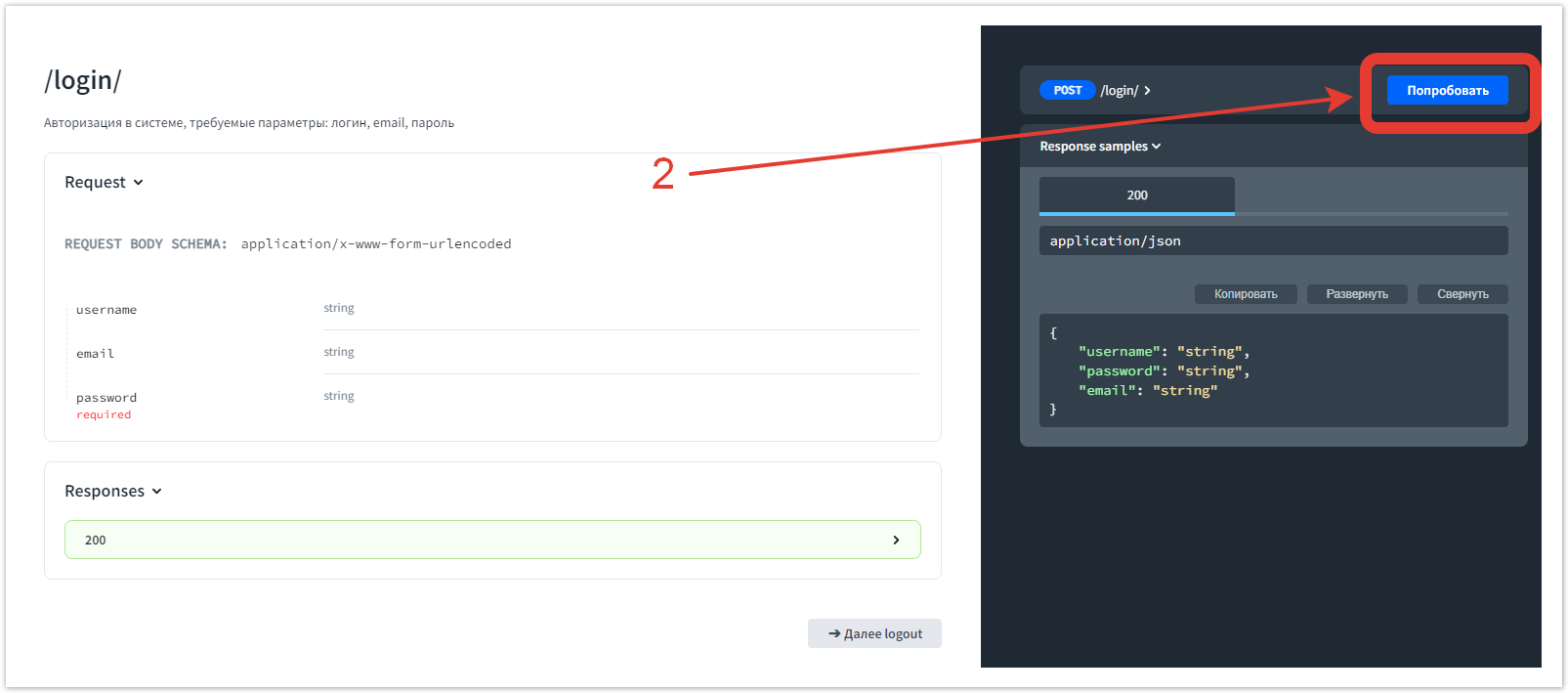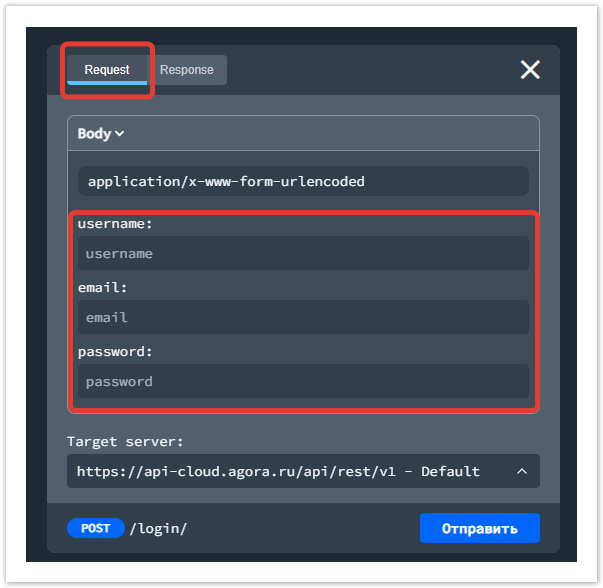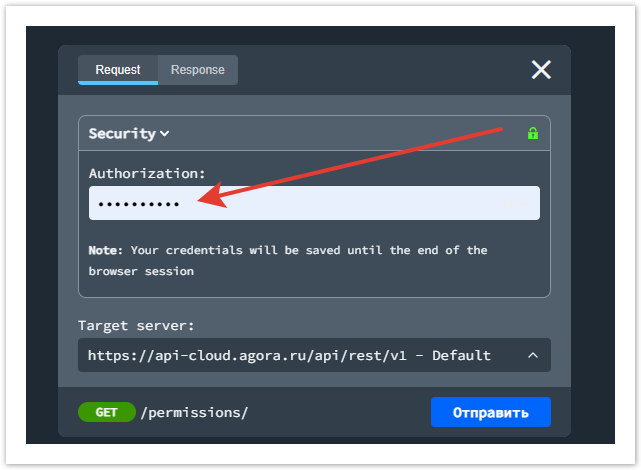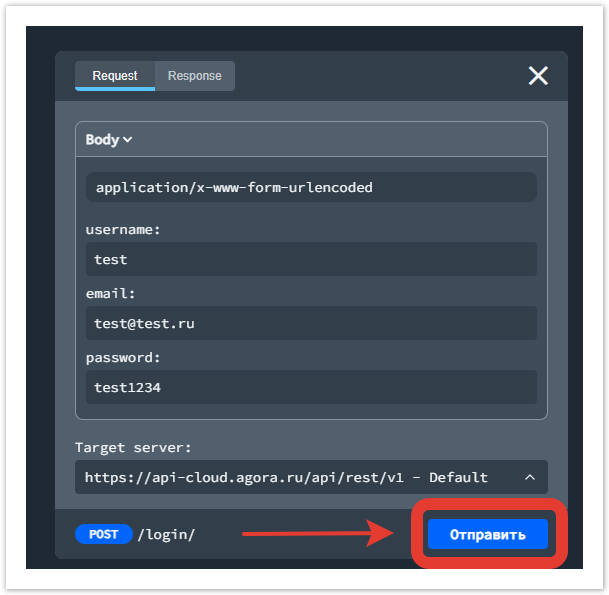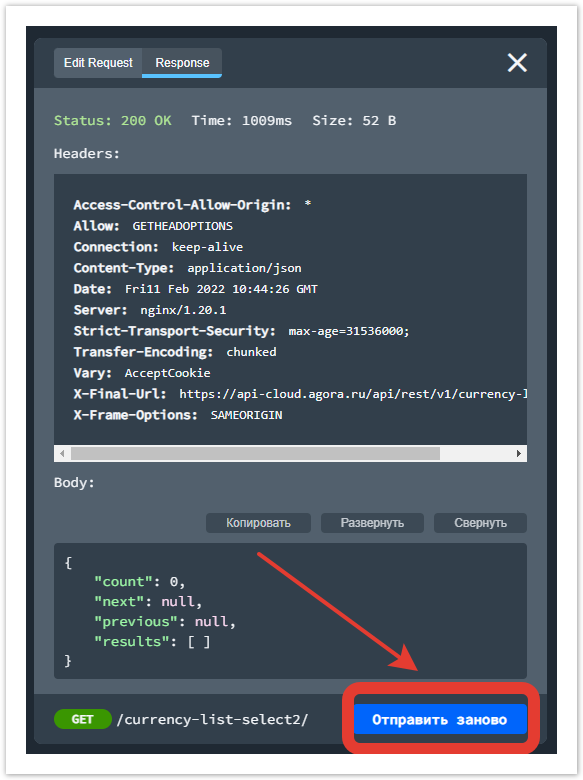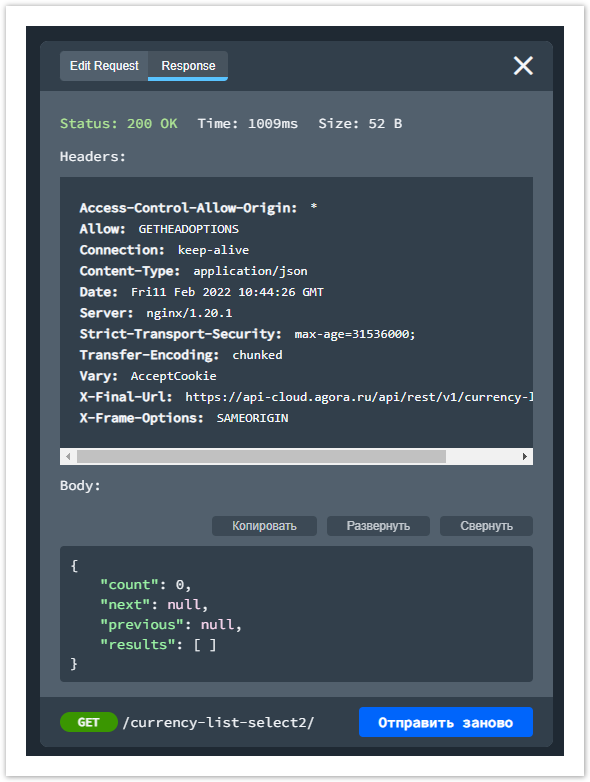Подробнее про работу с API рассказано на этой странице, а также в видео:
Чтобы перейти к документации, выберите раздел API в административной панели или перейдите по ссылке.
Agora REST API
Вы можете использовать эту спецификацию для работы с API-методами с помощью Postman: загрузить.
Что такое API?
API (от англ. application programming interface — интерфейс программирования приложений) — это интерфейс, который дает возможность с помощью специальных команд управлять каким-либо программным обеспечением (например, приложением, сервисом, программой).
Для чего используют API Agora?
Мы предлагаем описание тех методов API, которыми вы сможете оперировать для выполнения таких задач, как:
регистрация пользователя;
импорт товаров, а также цен и остатков по товарам;
получение и отправка заказов, а также обновление их статусов;
получение информации о новостях и акциях;
получение и создание рекламаций;
получение аналитической информации о товарах, заказах, покупателях;
получение и отправка сообщений в формах обратной связи или чате
и т.д.
Особенности API Agora
Протокол передачи данных
API поддерживает HTTPS протоколы.
Формат запросов
API поддерживает CORS — кросс-доменные запросы.
В API Agora используются запросы.
Авторизация
Запросы требуют API-ключ для авторизации. Чтобы получить ключ, нужно отправить запрос следующий URL для авторизации: . Запрос ожидается в формате и содержит следующие поля:
- email (не является обязательным, если заполнено поле login);
- login (не является обязательным, если заполнено поле email);
- password (обязательное поле)
Формат запроса
В запросах используется формат .
Формат ответа
Форматом ответа по умолчанию является JSON.
Структура ответа
Ответ при запросе списка объектов содержит параметры:
| count | Общее количество объектов |
|---|---|
| next | Ссылка на следующую страницу |
| previous | Ссылка на предыдущую страницу |
| results | Список, содержащий результаты запроса |
Пример ответа см. в разделе "фильтрация запросов".
При запросе объекта по определенному pk ответ содержит один JSON объект с названиями и значениями свойств запрошенного объекта. Пример ответа при запросе на url /news/1/:
Фильтрация запросов
В API Agora есть возможность фильтрации по URL. Чтобы отфильтровать получаемые данные, нужно в query-параметры url передать поле для фильтрации и нужное значение. Пример запроса с фильтрацией новостей.
URL: https://api-cloud.agora.ru/api/rest/v1/news/?title=Тест
Ответ:
Ошибки
Все ошибки представляются в виде человеко- и машиночитаемого статуса. Тело ответа содержит более детальную информацию об ошибке и формируется в зависимости от её типа. Большая часть ошибок содержит в теле ключ "detail". Пример:
Ошибки валидации, однако, содержат ключи, которые соответствуют полям запроса, либо "non_field_errors"в том случае, если ошибка не завязана на значении какого-то конкретного поля запроса. Пример:
Описание используемых статус кодов:
| 200 | Ok |
|---|---|
| 201 | Created |
| 400 | Bad request |
| 401 | Unauthorized |
| 403 | Forbidden |
| 405 | Method not allowed |
| 500 | Internal server error |
Отправка тестового запроса
Для проверки работы API можно отправить тестовый запрос из соответствующего подраздела документации:
- Выберите нужный вам метод API в панели навигации слева.
- Нажмите на кнопку Попробовать в правой части экрана.
- Откроется форма заполнения полей запроса. Во вкладке Request заполните все необходимые поля.
- При необходимости добавьте в раздел Security полученный ранее ключ авторизации.
- Нажмите на кнопку Отправить.
- Также можно отредактировать запрос и отправить его заново.
- Полученный ответ отобразится во вкладке Response.

